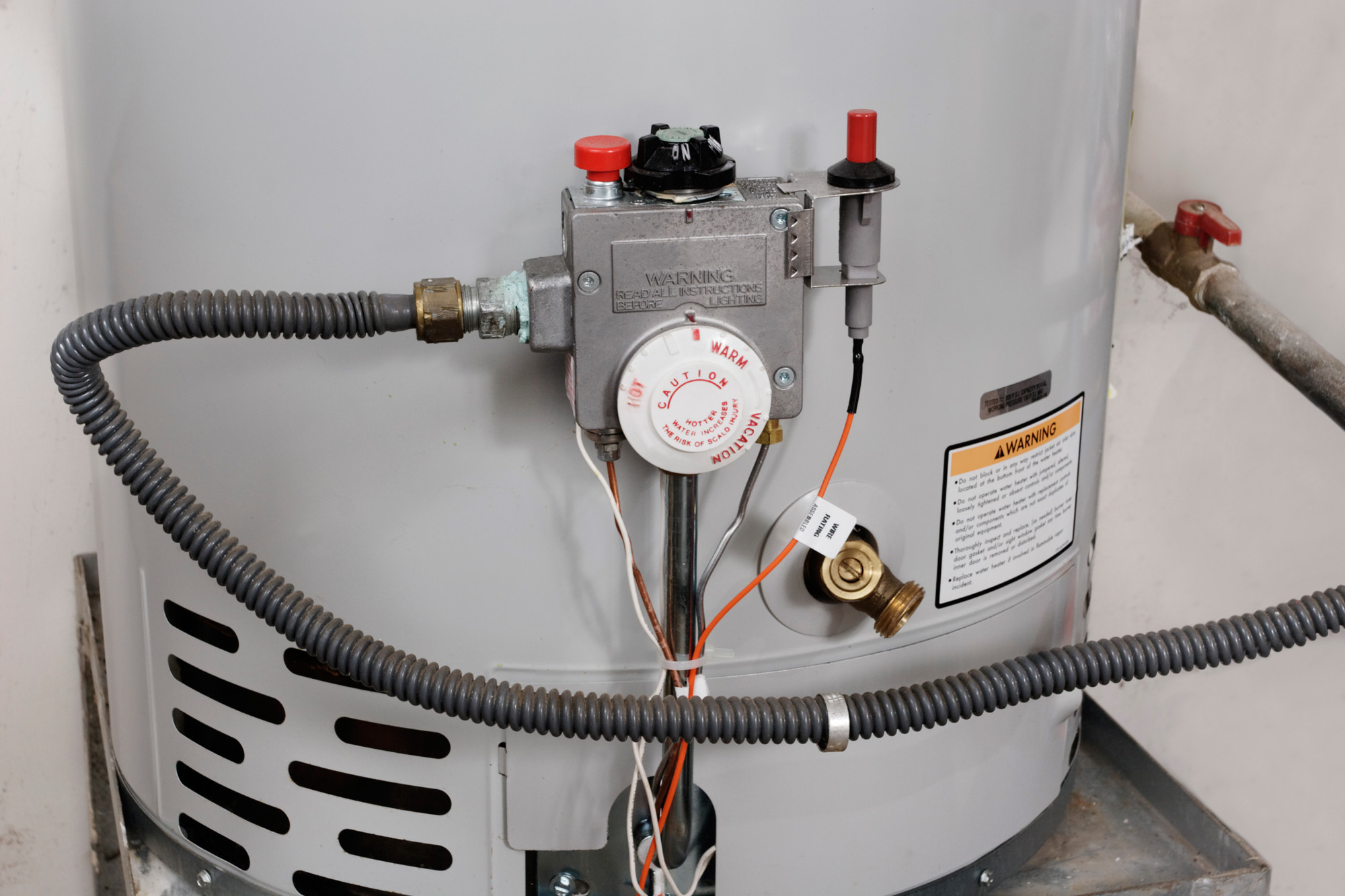Hot water usage makes up about 18% of your daily electricity bill, according to energy studies.
And while a homeowner’s overall water consumption decreases as lawn care and gardening come to a stop in the fall, hot water consumption stays steady or tics upwards as winter sets in.
Of course, your hot water heater is the beating heart of your plumbing system. And just like your heart, it needs regular checkups to stay healthy.
In the following article, we’ll share some water heater maintenance tips that will keep you warm all winter long.
Some Trouble Signs
Before we take you through our hot water heater maintenance tips, let’s discuss some trouble signs. The first of which is leaking. Inspect around and behind your water heater. Is there dampness or puddles? Then your water heater is likely leaking. Call an expert immediately for a checkup.
Another troubling sign is cloudy or rusty water. A metallic smell often accompanies this. This is a sign of corrosion or rust inside the tank. If you have this problem, again, call an expert.
Is your water heater supplying enough hot water? If you find that your heater is taking a long time to heat up or the hot water doesn’t last especially long, there could be an issue with sediment buildup or your heating element. Also, look for fluctuations in your water temperature. This could all point to an issue with your heating element.
If none of these problems exist, proceed with some maintenance.
1) Flushing Leads Our Water Heater Maintenance Tips
Flushing your hot water tank keeps sand and sediment from collecting at the bottom of your tank and fouling its ability to heat water. Draining the tank and clearing any sediment is a good way to keep only water in your tank. First, turn the water and power off to the tank. Then, attach a hose to the drain valve and run the hose outside or to a drain. Then open the drain valve. After the water is out, detach the hose, close the valve and turn the water heater back on.
2) What shape is the Anode Rod
Your tank’s anode rod helps prevent rust and corrosive materials by attracting these particles and deteriorating instead of your tank. Inspect the anode, turn the power off to the heater, and unscrew the rod from the top of the heater and make sure that there’s more than a half-inch in diameter remaining. If there’s less, replace it.
3) Inspect the Pressure Relief Valve
The TPR will release extra pressure if it builds up in your water heater. It can also be a common source of leaks. To check it, get a bucket under the drain, turn your heater off and lift the valve’s tab. You have a problem if you don’t witness a rush of water.
4) Insulation Is Your Friend
One of the best ways to make sure your heater is running efficiently and maximizing energy usage is to insulate the pipes leading to it and the tank itself. You can use foil insulation and blankets. Wrap these with foil tape to reduce heat loss. Just remember that gas heaters need plenty of air space, and you should keep the tops uncovered.
5) Turn Up the Heat
Consider turning up the heat a smidge to keep warm water rushing through your pipes in the winter. As temperatures drop, you might experience some heat loss, and moving the temperature selector up slightly will guarantee your desired temperature from the showerhead.
Call an Expert
Do these water heater maintenance tips sound daunting? The call an expert. Many people in and around Olympia don’t suspect they have an aging water tank until it’s already gone. And you may find an emergency water tank replacement more expensive than a planned swap out.
So if you want to skip the maintenance checks or get an expert’s advice, contact Olympic Plumbing Technology today to schedule an appointment with a trained service technician.

